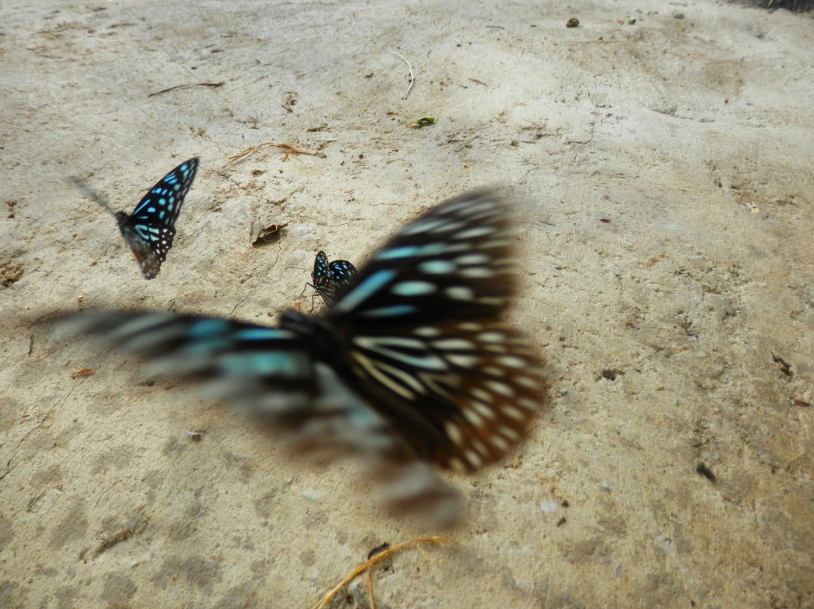Khao Yai (part 1)-“OK, now turn around”
Khao Yai is the oldest national park in Thailand, and one of the few that pops up semi-regularly on travellers’ itineraries. It’s one of the easiest national parks to get to and explore, with paved roads and a good network of camps, and yet it doesn’t lie right on the backpacker trail plus still has plenty of wildlife. Since this was my first trip to Asia, I was never going to pass up the opportunity to see animals I would usually only see in a zoo, and after doing some research I was firmly decided; I was going to Khao Yai even if it was a bit of a long detour en route to Cambodia.
Getting off at Pak Chong train station, we are instantly greeted by a man sent by Greenleaf Guesthouse to pick us up, and we are whisked over there. We don’t stay for long, though, and we are given a small window of time to drop our stuff before we head out again. We are all put into a small lorry with inwards facing benches and an open back, and it rolls off down the road.
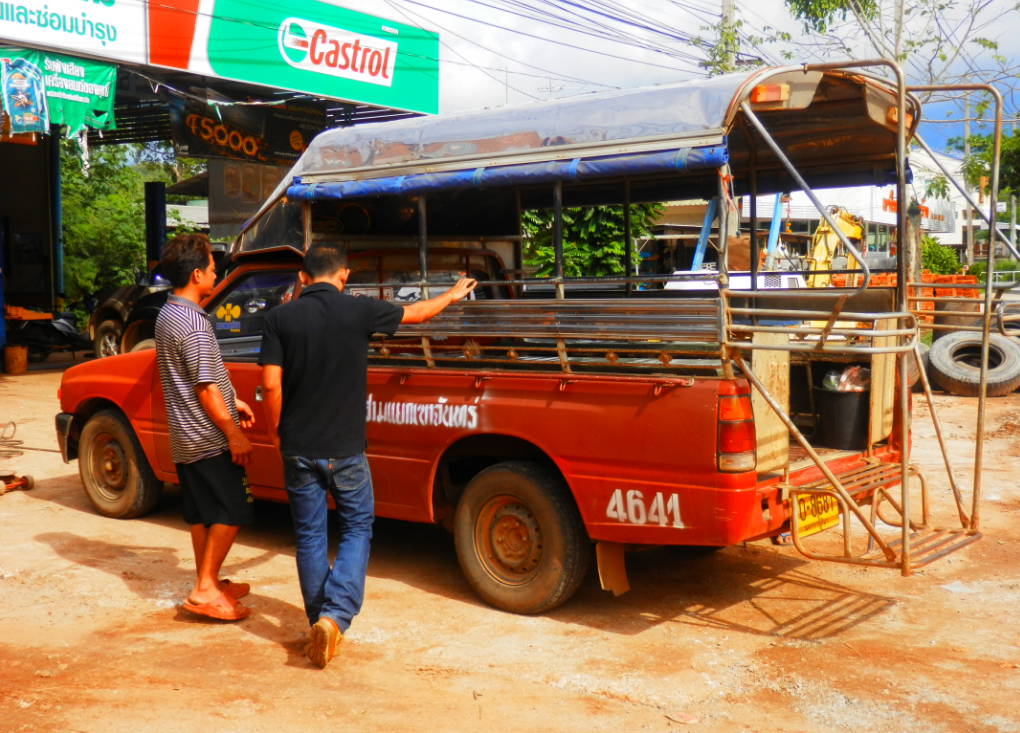
Our first stop is a stream in one of the light jungles surrounding the park where we are told we can go swimming. “No, no, no crocodiles in this stream” says the guide to a concerned member of our group. “Although possibly snakes”. That puts a few people off, but the rest go in anyway. The stream is as cold as one in Britain, rather unexpectedly in the jungle, but I get used to it after a while. Our guide shows us some of the creepy crawlies surrounding us after our dip, including a cicada skin which looks just like the insect but dried up and pale, freaking out one of the girls. His co-guide, whom he refers to as “my friend”, spots a lizard called a Chinese water dragon up in the trees and locks onto it with her telescope. Even after looking at it this way, I have trouble locating it myself for a minute.
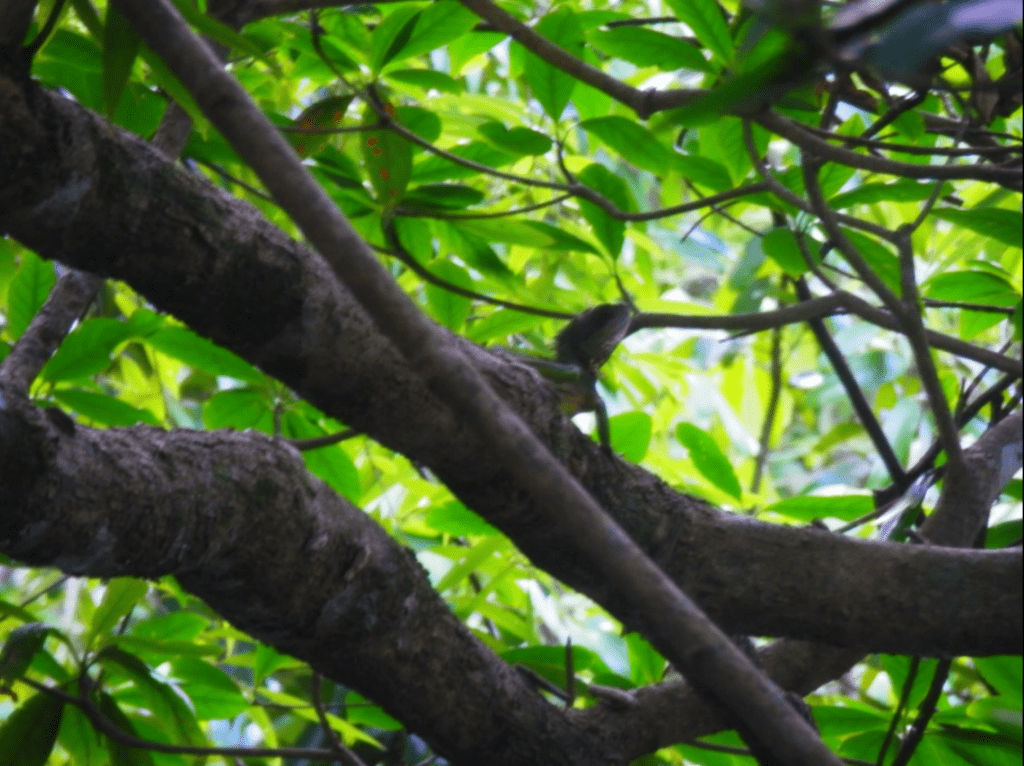
Next we go to a bat cave underneath a temple. The bats are hanging all over the walls and flitting about the place. At many moments in time they swoop right in front of me, and although their echolocation means there is no chance of them flying into me even in pitch darkness, I still get jumpy every time it happens. The guides show off their amazing spotting abilities once again when they locate some pythons hanging on to the cave walls. It looks just like a piece of cave wall for a few minutes, before it moves slightly and we are able to discern the shape of a snout. Moving through the cave is a claustrophobic business; we walk in single file, crouching for some of the journey while my bag keeps scraping the ceiling. When we can stand again we scour the chamber with our torches. There are some dead bats that have long rotted away, and yet are still hanging on to the cave wall.
The guide calls us over. His friend has found a viper, a venemous snake, and after we say we would indeed like to see it he leads us through. We are told to “stand here”, so as not to get too close. This snake’s bite can apparently kill you in fifteen hours. We look around for it while everyone else reaches the standing zone. “OK, now turn around” the guide tells us. A green pit viper, tiny but very well capable of messing up your travels, is lying behind us, less than two metres away. Our guide gets even closer while he talks about and inspects it. If you don’t know what kind of snake has bitten you, I learn, the doctor can do nothing for you. I feel reassured by the guide’s presence for now, although he is bending over with his face less than a metre away from it.
Exiting the cave, our guide picks up some seeds and asks us to pick a colour; green or brown. the next stop is another bat cave where clouds of them fly out at sunset. We have to wait for them though, and while we’re doing this the guide gets us to put the seeds in our mouths. “But do not chew or swallow them”. We wait a few seconds before some people start going “oh!” and spitting out the seeds. It turns out that if you mix the brown seeds with water they pop like popcorn, while the greens do nothing. “You don’t get many brown seeds in the rainy season”.
Eventually the bats start to move out, ready for tonight’s feast in the midge-ridden fields of Nakhon Ratchasima province. They flood the sky, all three million of them, and we can hear their wings flapping. Close your eyes and you might think it’s raining. They come out in a stream, which changes course from left to right as some bats decide to be different and everyone else follows them. Bat hawks fly over the top of the ridge, snatching any lone bats that have accidentally strayed too close. Sometimes, it doesn’t pay to be a hipster.
We watch them for twenty minutes, bundled together and flowing like a river in the sky. Groups start to descend and swoop low over the rice fields, flying off into the sunset like cowboys. Even when we drove back to the guesthouse they continued to flood the sky. Either that’s a massive cave or bats live a clown-car lifestyle.
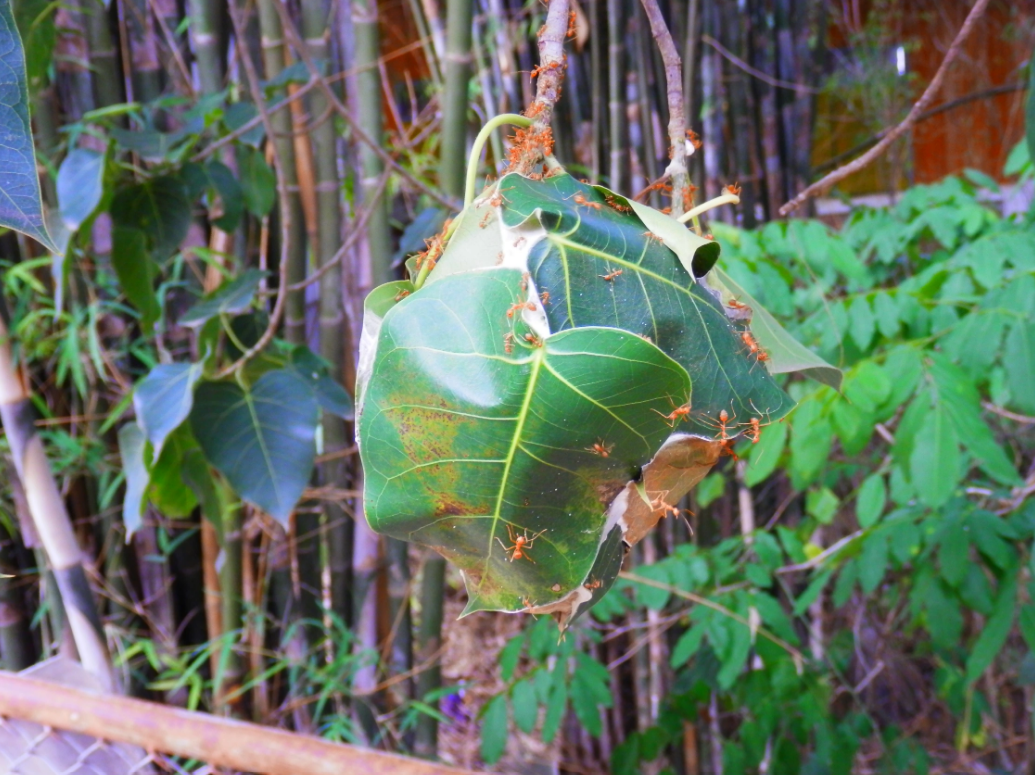
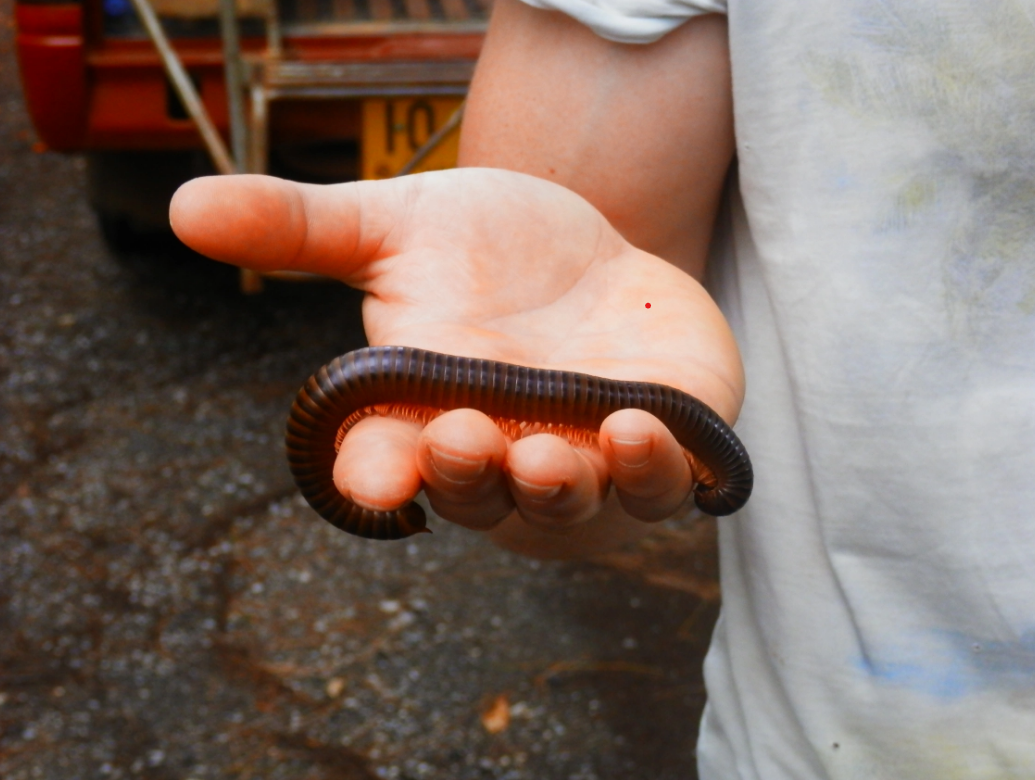
Dinner that night is a merry affair, with meals being cooked by Greenleaf’s guides. It seems they are good at everything. Before dinner, our guide tells us that if we don’t want anything they offer, we can order from the noodle stand right next door and they can bring it over to us. I really do admire this co-operative spirit that exists in Thai businesses. The members of our group finally have their first proper conversation, and we reflect on what has happened today and share experiences in travelling which has definitely given me ideas for my next trip. We all go to bed early, partly because it’s been a long day and also to make tomorrow come quicker – we can’t wait for it.
(More on that later)



